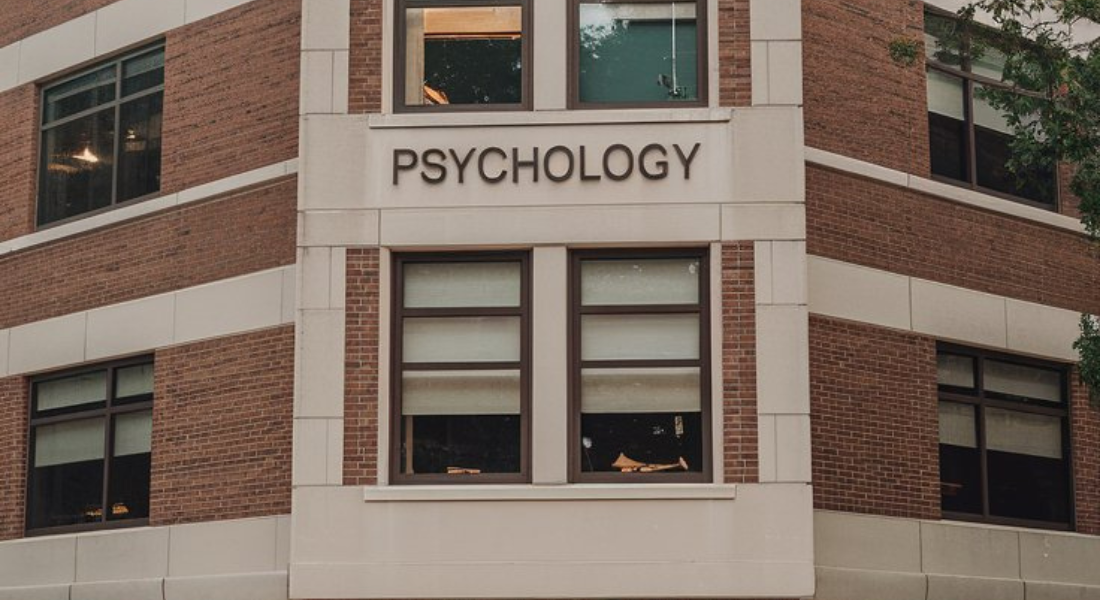
The Psychology Building: A Center for Exploration and Innovation
Students, teachers, and scholars in diverse fields depend on the Psychology Building, the focal point of those interested in human behavior and psychology. This article describes its design, courses offered and activities within the community.
Architectural Design and Atmosphere
A Welcoming Environment
Psychology Building may have an open structure that means that an object designing of the building might be aimed at making the Psychology Building easily accessible by others who might have some business being in it. Natural lighting and communal spaces, large windows, and open spaces make the environment friendly to learning and a team. The design is usually a combination of private student work zones and collaborative team work areas which facilitates contact between students and professors.
Specialized Facilities
Modern Psychology Buildings have TRY HE ‘{‘effective psychological facilities’} designed to be most appropriate for one or the other branch of psychological learning. Specialized practical laboratory, observation hall, and therapy suites available as areas for both effective learning and higher level education. Such specialized facilities help and encourage students and researchers to take part in practical activities that are core business of an institution.
Academic Programs and Curriculum
Diverse Course Offerings
Psychology Building accommodates general programs starting from undergraduate to postgraduate levels. There are many branches of psychology which undergraduate and postgraduate students have access to. They include cognitive psychology, developmental psychology, clinical psychology, and social psychology. Also, there are some interesting perspectives and possibilities for one to specialize in. The approach that facilitates the delivery of the intended curriculum is such that combines theoretical concepts and practical skills.
Engaging Learning Experiences
Coming to courses, these often consist of lectures, seminars and refereed practical exposures. They may engage in role plays, group works and case discussions where he /she can apply theories developed in psychology in practical settings. This dynamic prepares them for careers in mental health, education research and so on.
Psychology Studies up to its Pioneering Years
Research thus forms a central part and parcel of tasks being undertaken within the Psychology Building. It increases value of the research and opens more possibilities to study different psychological concerns.
Interdisciplinary work
Most Psychology Buildings promote interdisciplinary learning and research and are known to engage architecture departments such as neuroscience, sociology, education, and others. It increases value of the research and opens more possibilities to study different psychological concerns.
Promoting Mental Health Awareness
The Psychology Building is usually a very active part of the community outreach very often. It consists of workshops and public lectures and other presentations to educate people on concerns related to mental health. Such activities make the communities aware and even offer assistance to those seeking support.
Practical Experience for Students
Internship and volunteerism in the community is all the time promoted among students to enable them gain work experience. They may perform their duties in several environments, including hospitals, educational institutions and charitable foundations. In addition, such engagement not only benefits the community but also provides them with precious work ethics. This participation enable them to understand that what they are learning in their classes are relevant in the society.
Conclusion
The Psychology Building is primarily important as it is educational and research facilities relevant to the discipline as well as a community resource. It represents the pursuit for knowledge of the reasons for human action and thought. Contemporary psychology proves that these building are necessary for future advancements in the education on people’s reliance on mental health.


